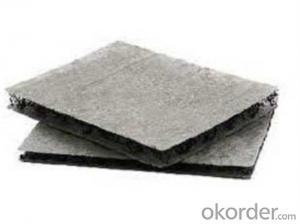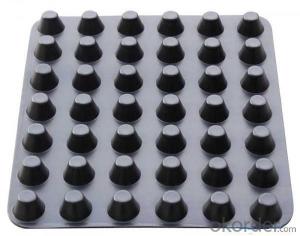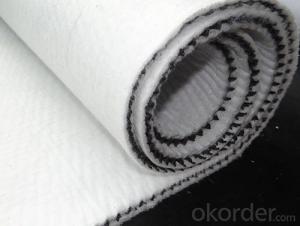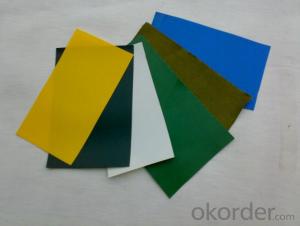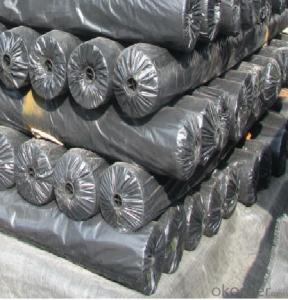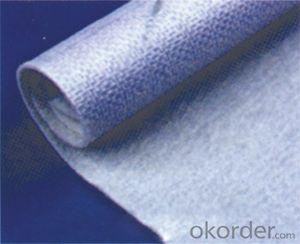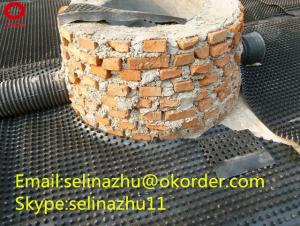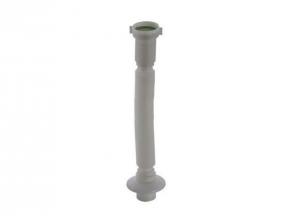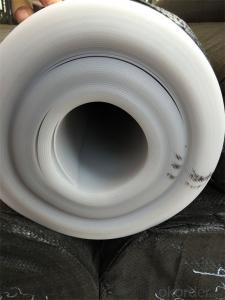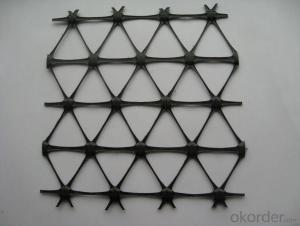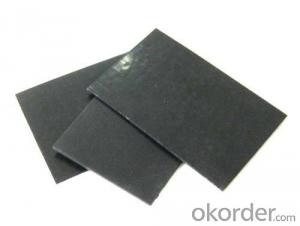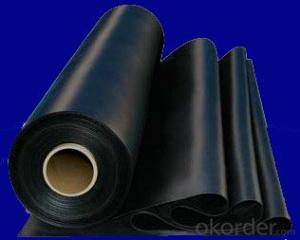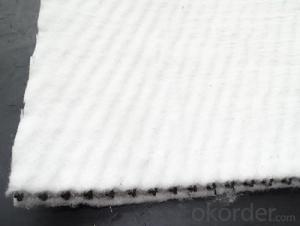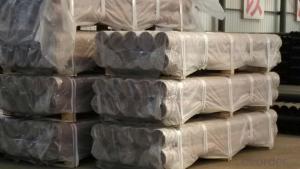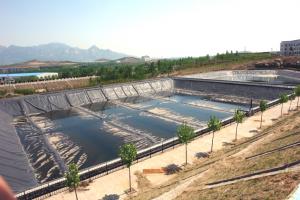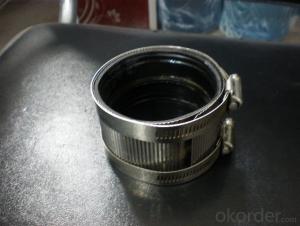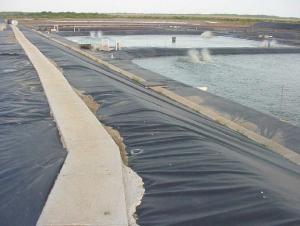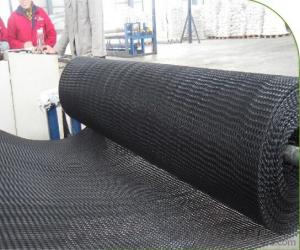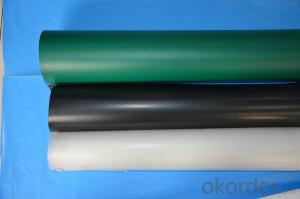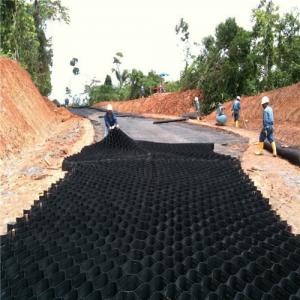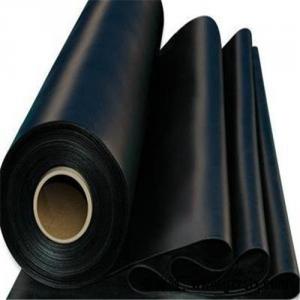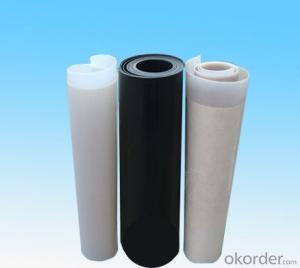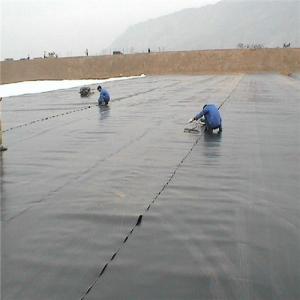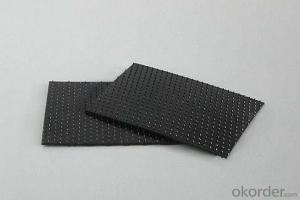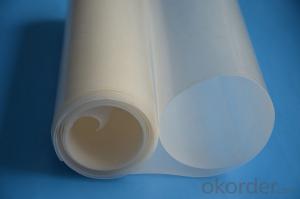Geomembrane Drainage
Geomembrane Drainage Related Searches
Blu Ray Player With Internet Geomembrane In Pakistan 30 Mil Pvc Geomembrane Pvc Geomembrane Specifications Pvc Geomembrane Geomembrane Machine Plastic Geomembrane Nonwoven Wallpaper Geomembrane Material Geomembrane FabricHot Searches
Geomembrane For Sale China Pvc Geomembrane China Geomembrane Roll Sheet Hdpe Geomembrane Sheet Price Hdpe Geomembrane China China Geomembrane Geomembrane China Hdpe Geomembrane Price Geomembrane Price Wholesale Hdpe Geomembrane Roll Geomembrane Factory Wholesale Liner Hdpe Geomembrane Wholesale Geomembrane Hdpe Wholesale Hdpe Geomembrane Geomembrane Market Size Wholesale Hdpe Geomembrana Wholesale Liner Geomembrane Geomembrane Liner Supplier Wholesale Geomembrane China Pvc GeomembraneGeomembrane Drainage Supplier & Manufacturer from China
Okorder.com is a professional Geomembrane Drainage supplier & manufacturer, offers integrated one-stop services including real-time quoting and online cargo tracking. We are funded by CNBM Group, a Fortune 500 enterprise and the largest Geomembrane Drainage firm in China.Hot Products
FAQ
- nan
- The packaging tool of mobile phone film : 1, wet cloth, fiber cloth, dedusting paster, mobile phone protective film, scratch cards and replacement film label Step 1 of sticking the mobile phone film clean the screen: 2, First, use the wet cloth to wipe the screen for a few times back and forth, you should try to wipe the screen of mobile phone cleanly. The wet cloth can clean the grease and fingerprints on the screen 3, use the locomotive fiber cloth to wipe the screen, you don't worry about any dust or wool to paste on the screen, they can be handleed later 4, use the locomotive dedusting paster to clean the stubborn dirt, the dust or wool can paste cleanly step two of sticking the mobile phone film screen film: The mobile phone protective film is taken out from the package and paste directly on the mobile phone screen, and then determine the joint situation between the film and the screen and the location of film 5, There are two labels on the mobile phone protective?film. First, tear number 1 label and paste the mobile phone protective?film on the screen 6 , align at the hole and edge of the mobile phone screen, at the same time, you should not touch the using layer 7, after the whole mobile phone protective film is pasted on the screen, and then open No. 2 label 8, if there are bubbles, you can use locomotive scratch card to slowly scrap the air bubble on the mobile phone screen 9, (if there is a bubble which can not be squeezed out. You can use the vacuum film to stick up the film, and then gently scrape out the bubbles with the scratch card ) 10, use the wiper to clean the screen, the entire mobile phone film process is completed
- nan
- At least for a day.
- nan
- As a new material, geomembrane has excellent anti-seepage effect, corrosion resistance and chemical stability. And it can process features and functionality according to the actual project needs. Geomembrane has been widely used in water conservancy embankment dam , reservoir seepage. At the same time, it has ben widely used as seepage-proof, anti-corrosion, leakage-proof and non-hygroscopic material in channel, impounding reservoir, cesspit, swimming pool, house building, underground structure, wasteyard, environmental engineering, etc.
- Yes, geomembranes can be repaired if damaged. Depending on the extent and type of damage, various repair techniques such as patching, welding, or sealing can be employed to restore the integrity and functionality of the geomembrane.
- Geomembranes are engineered materials with strong load-bearing capabilities. They can withstand significant loads and pressures, making them suitable for various applications such as containment of liquids, landfills, and mining operations. The load-bearing capabilities of geomembranes depend on factors like thickness, material composition, and installation techniques. It is crucial to consider these factors and consult with experts to ensure that the geomembrane meets the specific load requirements of a given project.
- Yes, geomembranes are typically resistant to thermal expansion. They are designed to withstand temperature variations without significant dimensional changes or deformation, making them suitable for applications where thermal expansion is a concern.
- nan
- No. Geomembranes are completely waterproof. Geotextiles are always wet.
- Geomembranes prevent water seepage in dams by acting as a barrier between the water and the surrounding soil. Made of impermeable materials such as synthetic polymers, geomembranes effectively restrict the movement of water through the dam structure. This prevents leakage, seepage, and potential damage to the dam, ensuring its stability and longevity.









